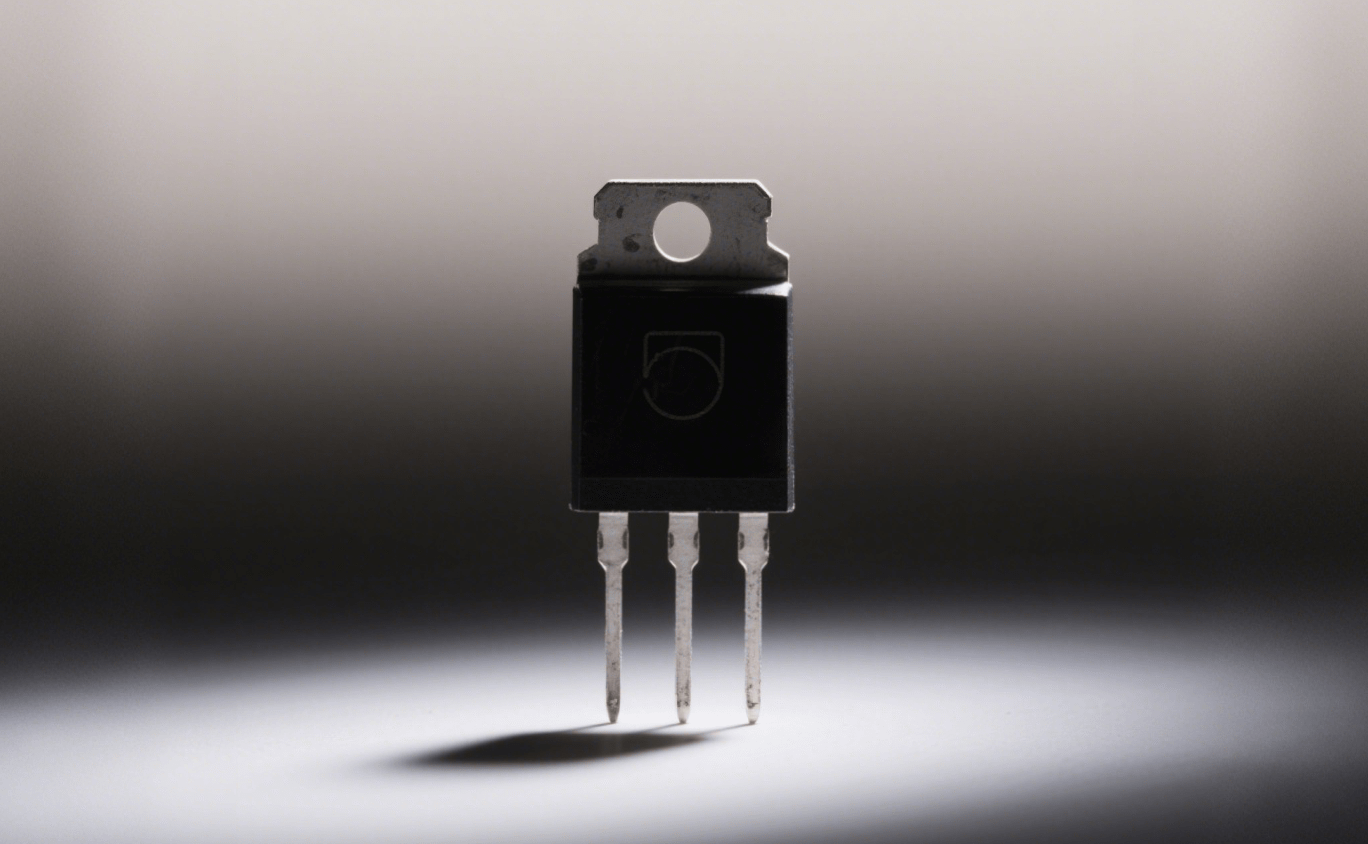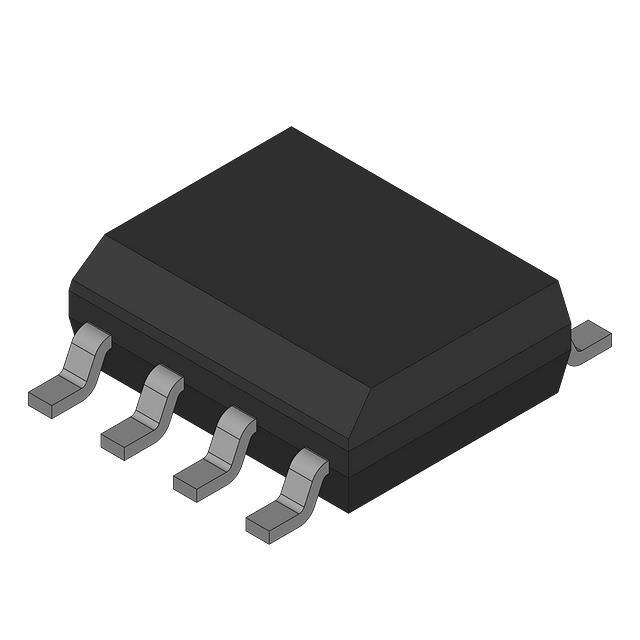Thyristor selection and application practical guide: in-depth analysis of multi-dimensional parameter balance and scenario-based design

In the field of power electronics, thyristors are like a smart key that controls the flow of electric energy. With its unique unidirectional conduction characteristics and powerful power handling capabilities, they continue to play an important role in industrial control, energy conversion and other fields. With the increasing complexity of power systems, how to scientifically select and give full play to their performance has become a core skill that engineers must master.
Precise trade-offs in selection logic
The selection of thyristors is essentially an art of balancing multi-dimensional parameters. Voltage parameters are the first to be considered, and the off-state repetitive peak voltage (VDRM) needs to reserve a 1.5-fold safety margin. For example, a 380V AC system should at least select a 1200V withstand voltage device. Current parameters need to be considered dynamically. The average on-state current (IT(AV)) must be evaluated in combination with heat dissipation conditions. Forced air cooling is recommended for applications above 50A, and the surge current (ITSM) must cover the transient impact when the equipment starts. Motor control scenarios usually require more than 10 times the rated current. The trigger characteristics directly affect the control accuracy. Digital control systems favor models with gate trigger current (IGT) lower than 50mA. For example, Littelfuse S8025L only needs 30mA to conduct reliably, while traditional industrial control equipment can choose Vishay TIC226M with a trigger current of 100mA to enhance anti-interference capabilities.
Technical adaptation for scenario-based applications
In industrial power regulation systems, thyristors often face the harsh test of phase control. At this time, high dv/dt tolerance (>1000V/μs) becomes a key indicator, which can effectively avoid false triggering caused by voltage mutations. ABB The 5STP series flat-plate press-fit devices have become the first choice for arc furnace control systems due to their excellent dynamic characteristics. In the field of consumer electronics, bidirectional thyristors (Triacs) have made great achievements in LED dimming systems by virtue of their simplified circuit structure and zero-crossing detection technology. The low trigger current of 5mA of the Q series device allows it to be driven directly by a single-chip microcomputer.
The design of the solid-state relay (SSR) shows another side of the thyristor. Through the optocoupler isolation drive technology, the combination of MOC3063 and BT139 achieves safe isolation of strong and weak electricity, and its holding current (IH) is controlled within 10mA to ensure precise control of small power loads. In the field of new energy, thyristors are breaking through traditional boundaries. Siemens SPT3000 series crimped devices build a power Great Wall in the high-voltage direct current transmission (HVDC) valve tower through modular stacking, and with gate energy compensation technology, it achieves μs-level precision series synchronous triggering.
Technological evolution and engineering wisdom
The new generation of thyristor technology is rewriting industry rules. The reverse-conducting RC-Thyristor integrates the freewheeling diode into a package, reducing the size of the photovoltaic inverter by 40%; the light-triggered thyristor is directly driven by optical fiber, In UHV scenarios, the electromagnetic interference problem is avoided; silicon carbide (SiC) thyristors break through the 20kV withstand voltage limit, and the switching loss drops by 70%, providing a new solution for smart grids. These innovations not only expand the application boundaries, but also put forward new requirements for selection strategies - engineers need to find a balance between device parameters and system architecture.
In engineering practice, heat dissipation design and reliability assurance are always the core propositions. The natural cooling solution with at least 150cm² heat dissipation area for every 100A on-state current has become the industry benchmark. In terms of electromagnetic compatibility processing, a 10-47Ω resistor in series with the gate can significantly suppress 15dB of di/dt noise. The life prediction model based on the Arrhenius equation reveals a harsh reality: for every 10℃ increase in junction temperature, the device life will decay by 50%, which requires designers to accurately control every link of the thermal management system.
In the era of hybrid topology where thyristors coexist with IGBTs and SiC MOSFETs, selection has gone beyond simple parameter comparison and evolved into a system-level technical game. From precise power regulation of industrial furnaces to intelligent grid connection of new energy power stations, correct selection is not only related to equipment performance, but also the cornerstone of safe and stable operation of power systems. Only by deeply understanding device characteristics and grasping technological development trends can we move forward steadily in the wave of power electronics revolution.


